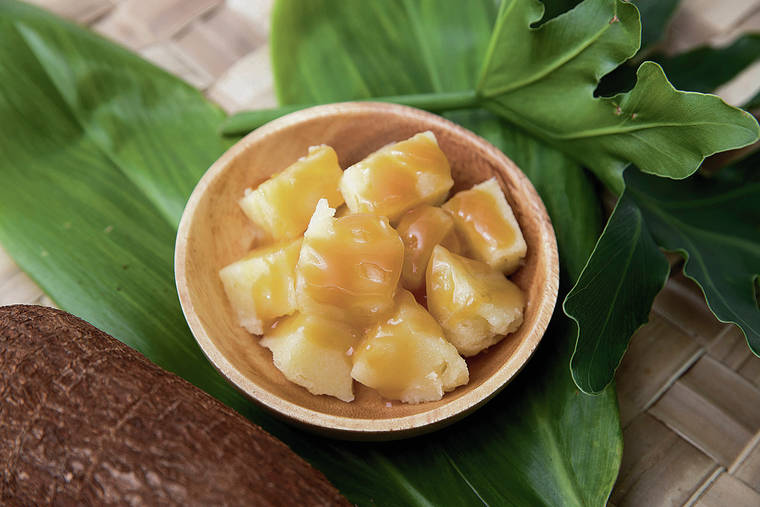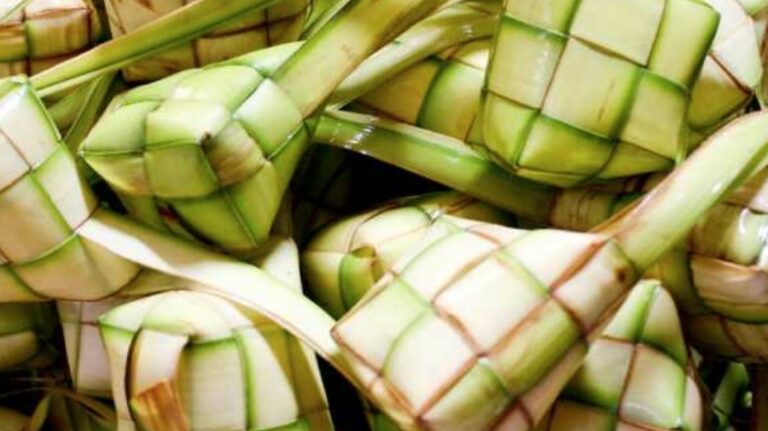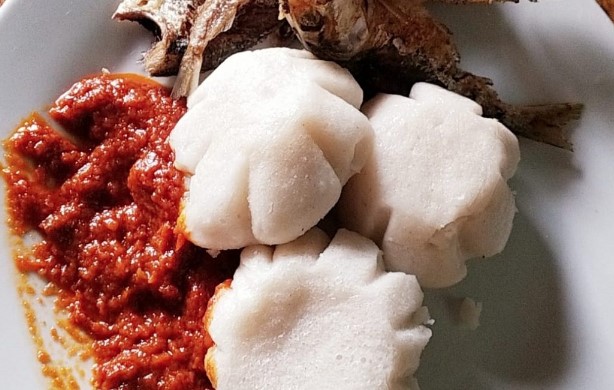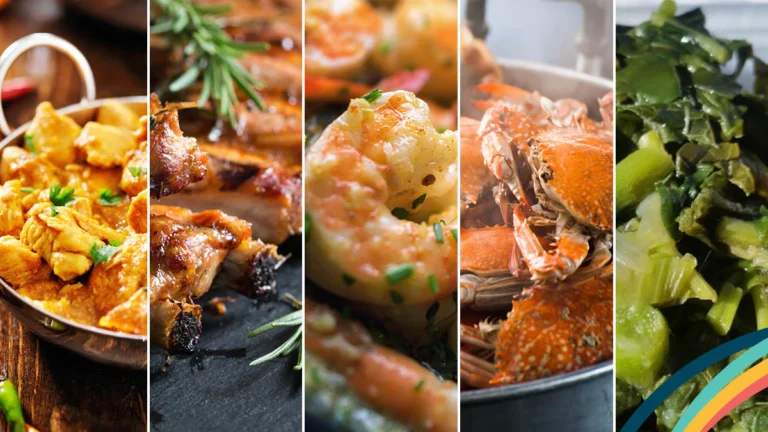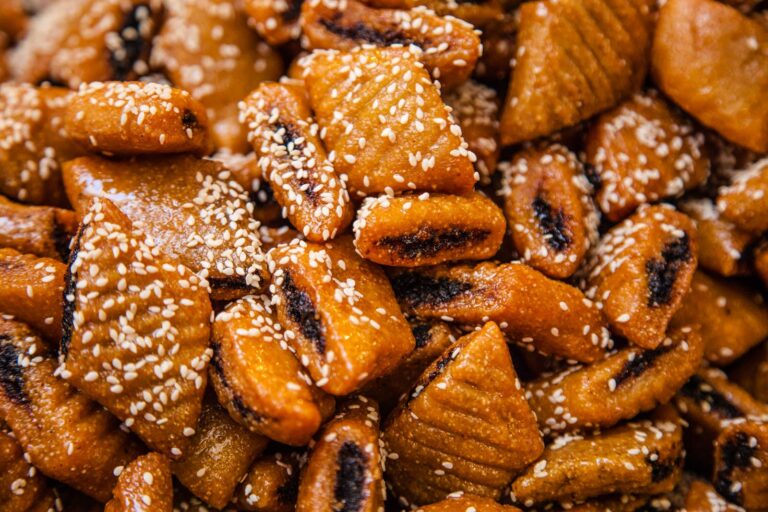Introduction: Timorese cuisine
Timor-Leste, also known as East Timor, is a Southeast Asian country located on the eastern half of the island of Timor. Its cuisine is influenced by its colonial history and neighboring countries, such as Indonesia and Portugal. The traditional dishes incorporate rice, noodles, vegetables, and seafood, as well as spices like turmeric, ginger, and coriander. While Timorese cuisine may not be as well-known as other Southeast Asian cuisines, it offers a variety of unique and flavorful dishes.
Traditional Timorese sweets
The Timorese are known for their love of sweets and desserts. Although they may not have a wide variety of desserts like other Southeast Asian countries, the ones they do have are delicious. Many of the traditional sweets are made with ingredients like coconut, palm sugar, and rice flour. They’re often served during special occasions like weddings, festivals, and other celebrations.
Ondel-ondel: a popular Timorese treat
One of the most popular Timorese sweets is ondel-ondel. It’s a deep-fried pastry that’s filled with coconut and palm sugar. The dough is made with rice flour and coconut milk, then wrapped around the filling before being fried until crispy. Ondel-ondel has a sweet and slightly salty flavor, making it a popular snack or dessert.
Tukir: Timorese cake with coconut
Tukir is a cake made with grated coconut and rice flour. It’s similar to a sponge cake but has a more dense and chewy texture. Tukir is often served during festivals and celebrations and is a popular snack in Timor-Leste. It’s typically eaten on its own or with a cup of coffee or tea.
Sagu: Timorese pudding made with sago
Sagu is a pudding made with sago, a type of starch extracted from palm stems. The sago beads are cooked in a sweet coconut milk mixture until they turn translucent and gelatinous. Sagu is often served chilled and topped with fruit or coconut. It has a refreshing and sweet flavor that makes it a popular dessert in Timor-Leste.
Conclusion: Timorese sweets worth trying
Although Timor-Leste may not be as well-known for its sweets as other Southeast Asian countries, it has a variety of delicious and unique desserts worth trying. From the crispy ondel-ondel to the chewy tukir and refreshing sagu, Timorese sweets offer a different and exciting taste experience. If you ever visit Timor-Leste, be sure to try these traditional sweets and indulge in the country’s rich and flavorful cuisine.


